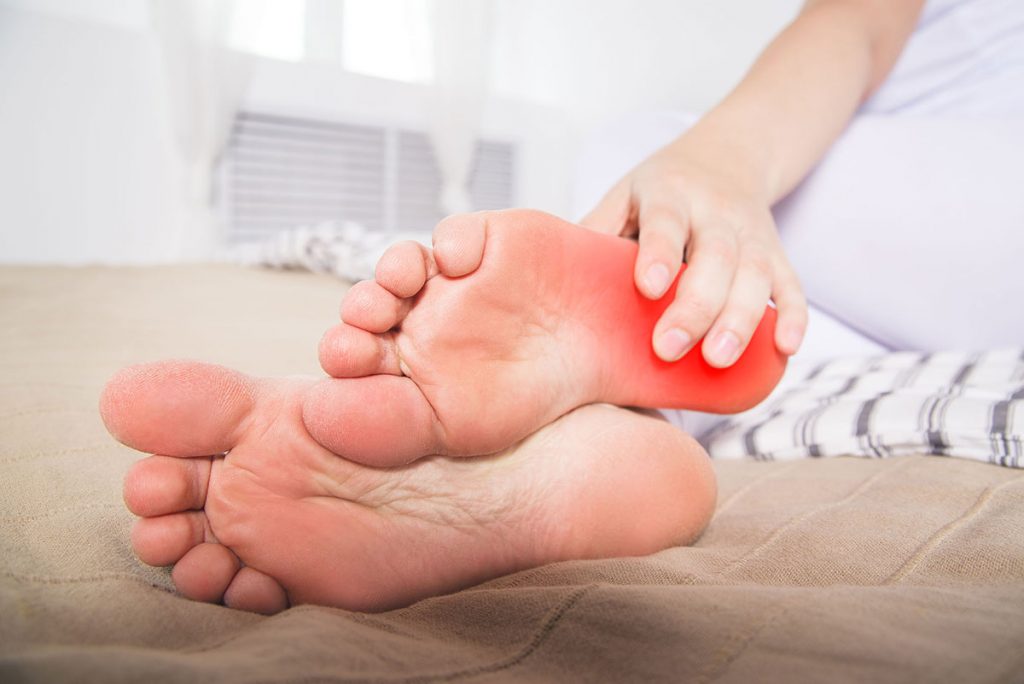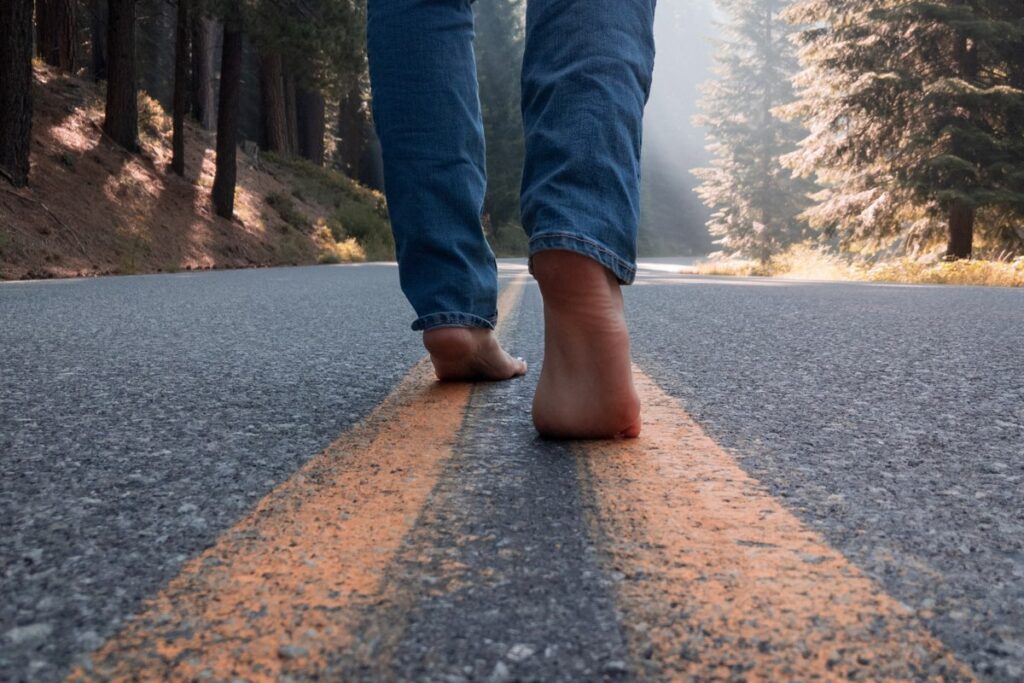How do you know if you have a heel spur? Heel spur symptoms, causes and treatments.
Believe it or not, it’s possible to have a heel spur without even realizing you have one. That’s because heel spurs don’t always cause pain. In fact, many people discover they have a heel spur after undergoing an X-ray for unrelated foot pain and injuries, and according to the Cleveland Clinic, 50% of people with heel spurs don’t experience any pain.
What is a heel spur?
A heel spur is a type of bone spur. Officially called osteophytes, bone spurs are bony growths that form along the edges of bones, most often in joints where bones meet. Bone spurs are most common in people over 60 years old; however, heel spurs can occur in people of all ages. And while bone spurs can grow on any bone, they are most commonly found in the foot (especially the heel), hands and fingers, knees, hips, necks, shoulders and the spine.
What causes heel spurs?
The most common cause of heel spurs is joint damage from osteoarthritis in the ankle joint. Osteoarthritis causes the breakdown of cartilage – the tissue that acts as a cushion to bones and allows joints to move more easily – and typically develops in older age or post-injury.
Heel spurs occur when the body tries to repair osteoarthritis-damaged cartilage in the ankle joint by creating new bone material (aka osteophytes) along the heel.
Heel Spur Symptoms
According to the American Academy of Orthopaedic Surgeons, one out of 10 people have heel spurs but only 5% of people experience any heel spur-related foot pain. Heel spur pain and symptoms are not common and most people don’t even realize they have heel spurs.
Those who do experience symptoms may have:
- A sharp pain in the heel when first standing in the morning
- A dull ache in the heel
- Tenderness at the bottom of the heel that makes walking barefoot painful
- Visible protrusion under the heel
- Heat radiating from the heel
- Inflammation and swelling
Heel Spur vs Plantar Fasciitis
Due to the nature and location of heel spur pain, a heel spur is often confused with plantar fasciitis (and vice versa).
Plantar fasciitis affects nearly 2 million people every year and is the most common cause of pain at the bottom of the heel. The plantar fascia is a ligament that runs from the front of the foot to the heel and helps support the arch of the foot. Designed to cushion and absorb everyday stress and impacts to the foot, the plantar fascia can tear and become inflamed, resulting in the stiffness and heel pain caused by plantar fasciitis.
While many people who suffer from plantar fasciitis have heel spurs, heel spurs do not cause plantar fasciitis pain.
Do heel spurs go away? Heel spur treatments, surgery and prevention.
Heel spur treatment varies depending on individual cases and the advice of foot and ankle specialists.
Conservative treatment options, such as shoe inserts and orthotic devices, physical therapy and over-the-counter non-steroidal anti-inflammatory drugs (NAIDs) like naproxen and ibuprofen, often provide heel pain relief.
While the majority of heel spurs can be treated with conservative options, some people do require surgery to relieve pain and restore mobility. Most people who need surgery also have plantar fasciitis and heel spur removal surgery may also involve releasing the plantar fascia.
Preventing heel spurs is fairly simple:
- Always wear well-fitting, shock-absorbent shoes with supportive heel counters.
- Make sure your shoes are appropriate for each physical activity or sport you do.
- Pace yourself when exercising.
- Don’t push through or ignore heel pain; rest, elevate and ice instead.
- Maintain a healthy weight to reduce load and impact on your feet.
If you’re experiencing heel pain or have any questions about your heel spurs, plantar fasciitis or any other foot injury, our foot and ankle orthopedic specialists are happy to help. Please contact us with any questions or concerns you may have.


1 Comment
Permalink
The pain in my heel is on the right side I’ve been doing the exercises to what doctor told me to do but it’s still much tender After the exercise it says the door unlocked or four times a day I want you to get a couple times a day and it feels like it’s getting a little better but still a little tender it’s only been a week but this painful and been with me for two months before I want to see a doctor I guess it’s gonna take another two months for the treatment try to get rid of it it